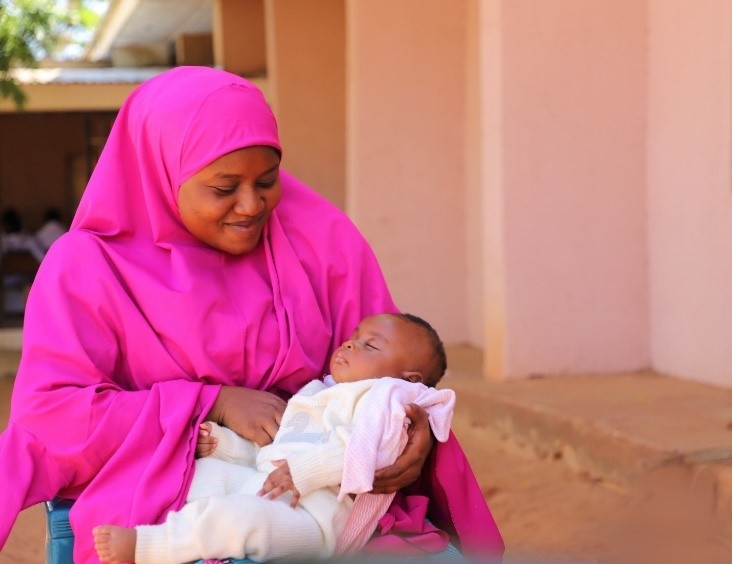From the Field:
Can Predictive Supply Chains Help Improve Global Health?
By Karam Sethi | IBM

In 2017, international development contractor Chemonics and IBM came together to oversee one of USAID’s largest projects in history, worth nearly $10 billion. The mission: deliver health supplies for HIV/AIDS, malaria and reproductive health to more than 60 countries around the world. According to the World Health Organization, 770,000 people died from HIV-related causes in 2018. Though those diagnosed with HIV can live long lives, only 62 percent of HIV-affected adults receive antiretroviral drugs, which can help fight infection and lower one’s chances of transmitting the disease. This is where supply chains come in. To manage a mission of this magnitude and complexity, Chemonics and IBM created a first-of-its-kind global supply chain operations platform, the Automatic Requisition Tracking Management Information System (ARTMIS).
ARTMIS includes an online catalogue, optimization techniques and data visualizations that help manage orders up to 24 months out, allows us to better plan when shipments of commodities would arrive where they were needed, and fix problems before they arise. To date, ARTMIS has led to an on-time delivery rate of 90 percent and, on the GHSC-PSM project, has helped save more than $90 million in US government funds. That, in turn, has helped the team procure more medical supplies for those who need them most. For Tim Wood, a global supply chain VP at IBM, the work supports a critical mission. “Our goal is to help eradicate HIV across Africa,” he said. “If the logistics are in place, we can do it.” Read more
here.
 Juwairriya's parents are HIV positive but with the help of ARV drugs she was born negative in Sokoto, northwest Nigeria. Photo credit: GHSC-PSM
Juwairriya's parents are HIV positive but with the help of ARV drugs she was born negative in Sokoto, northwest Nigeria. Photo credit: GHSC-PSM

A mother holds her healthy baby in Nigeria. Photo credit: GHSC-PSM